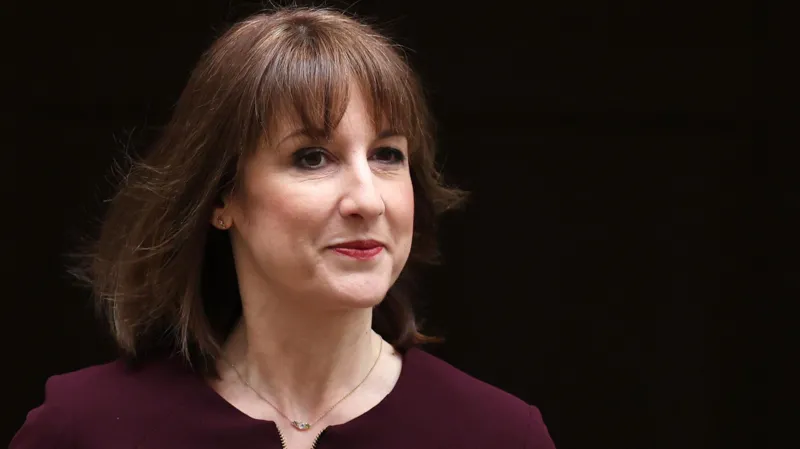Two very different reports have reignited UK economic gloom over the past four days.
Friday’s economic figures showed a further monthly dip in UK growth, or GDP, in May. Earlier this week the official forecaster, the Office for Budget Responsibility (OBR), said Britain faced “daunting” risks, including the possibility that levels of government debt could soar to three times the size of the economy.
Two very different timescales – the economy in a single month, and the public finances in half a century’s time.
At another moment both might have been largely ignored. Monthly GDP figures are notoriously volatile, and what does a debt forecast for 2075 even begin to mean? What would the Treasury forecast from 1975 tell us about this year?
But these very different charts are setting the tone for some tricky judgements required by autumn and tough calls about what happens in the next half decade.
The really unusual thing about the OBR’s long-term risk and sustainability report was the strength of the words from its boss Richard Hughes.
“The UK cannot afford the array of promises that are displayed to the public,” based on reasonable assumptions about their cost and growth, he said.
The report also cited a pattern, over multiple governments, of U-turns on tax and spending changes.
It came within days of the government’s reverses over welfare savings and the winter fuel payment.
Among 36 advanced economies, the UK now has the sixth highest debt, the fifth highest annual borrowing, and the third highest borrowing costs leaving it “vulnerable”, when compared to other countries, to future crises, the OBR found.
The clear message was that repeatedly borrowing more is not a long-term solution to rising day-to-day spending pressures.

Yet the pressure to spend more may prove stubborn, thanks to geopolitical and societal changes.
The OBR’s existing forecasts assume that the post-pandemic surge in incapacity and disability cases will fall half way back to normal by 2029.
This is very uncertain. Local councils are now spending 58% of their revenue on social care for adults and children, with some councils spending more than 80%.
A £4.6bn special financial arrangement to deal with ballooning special educational needs budgets risks mass local authority bankruptcy.
The promise to increase defence spending to the new Nato target of 3.5% will cost nearly £40bn per year by 2035.



